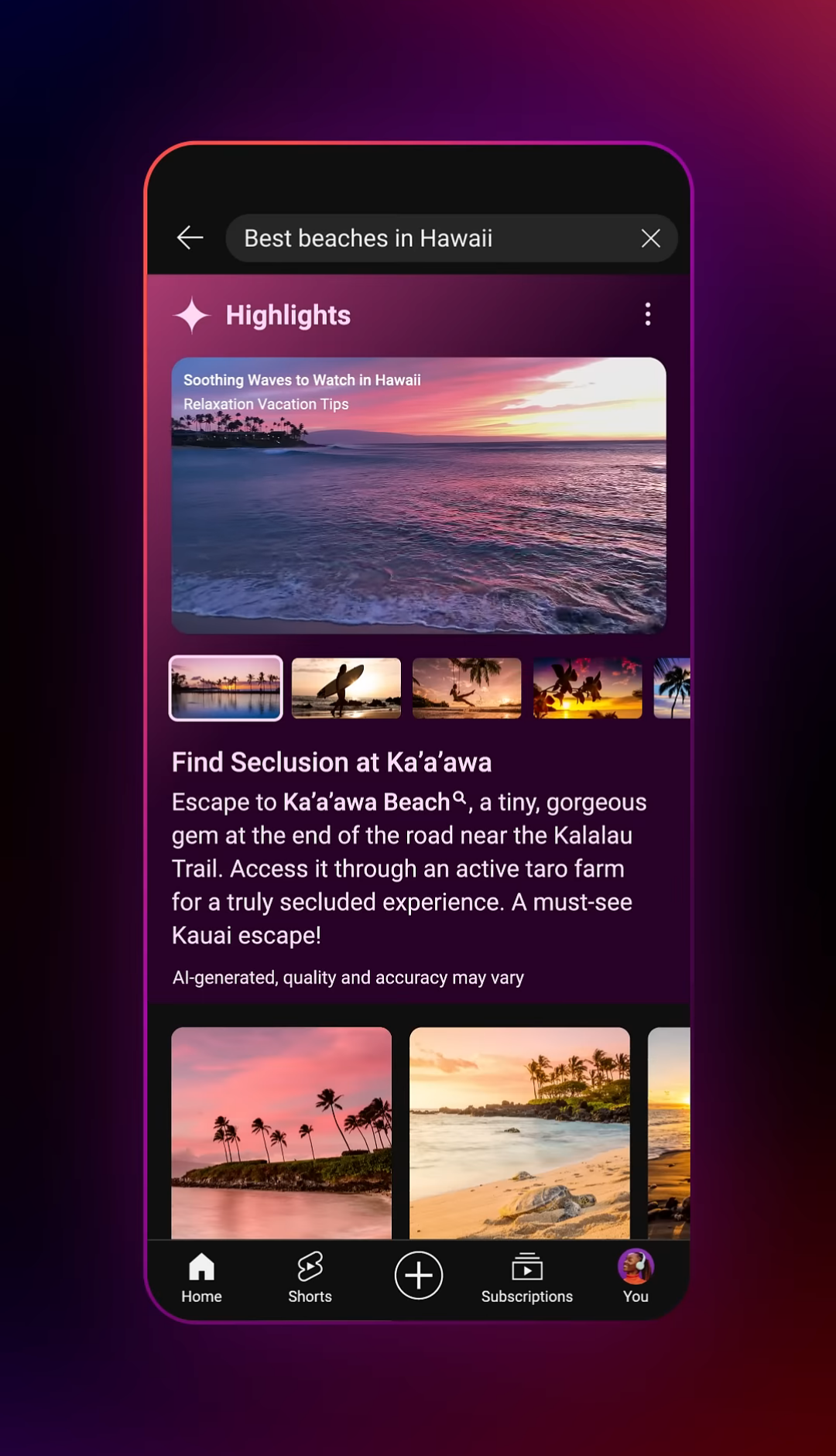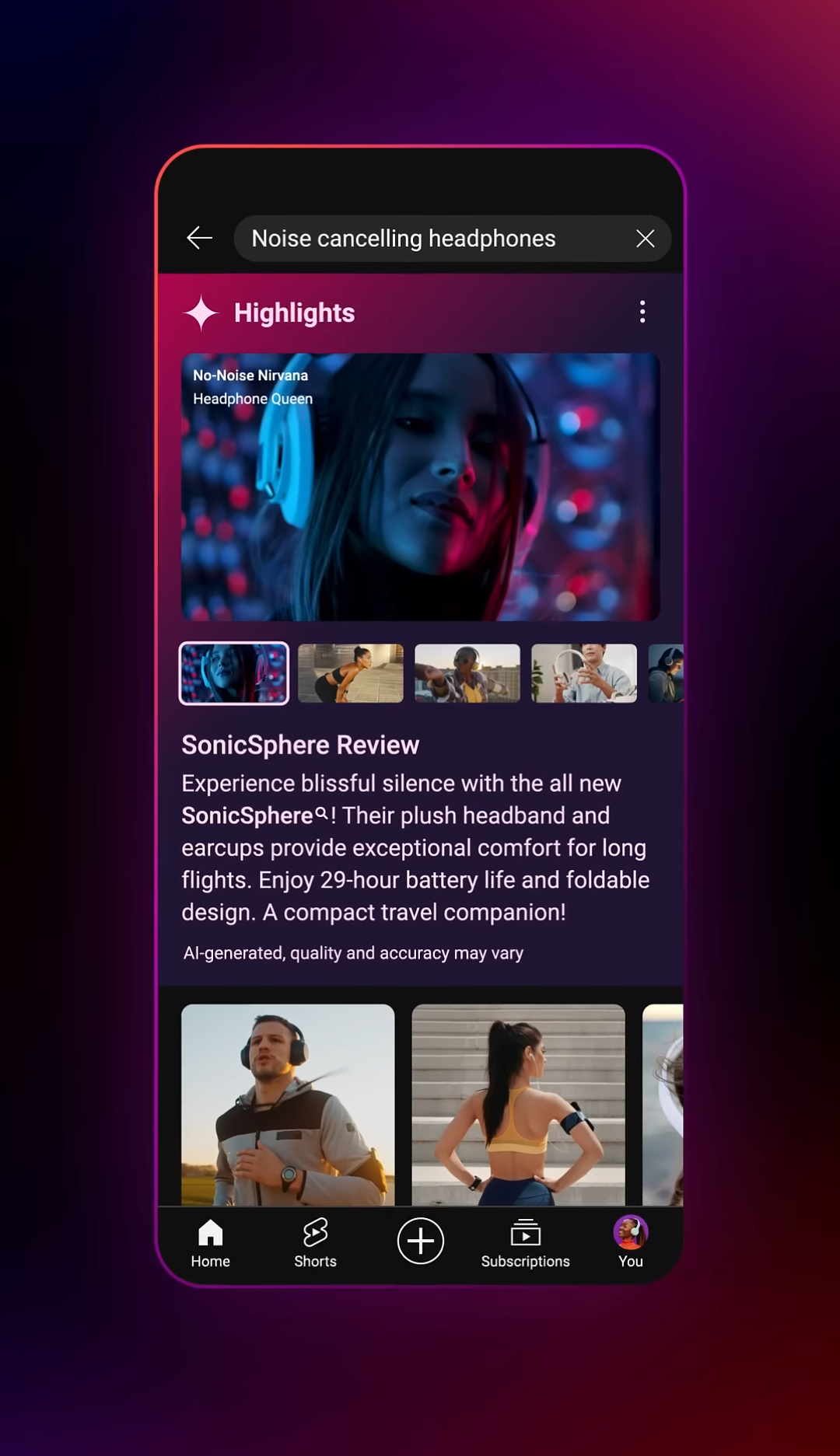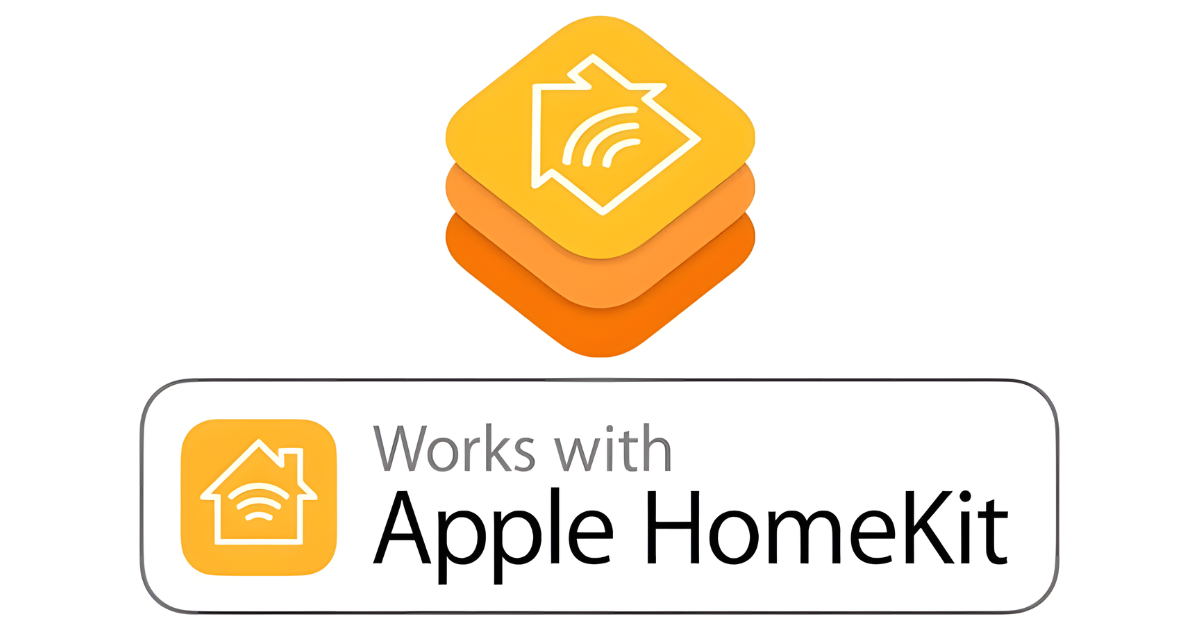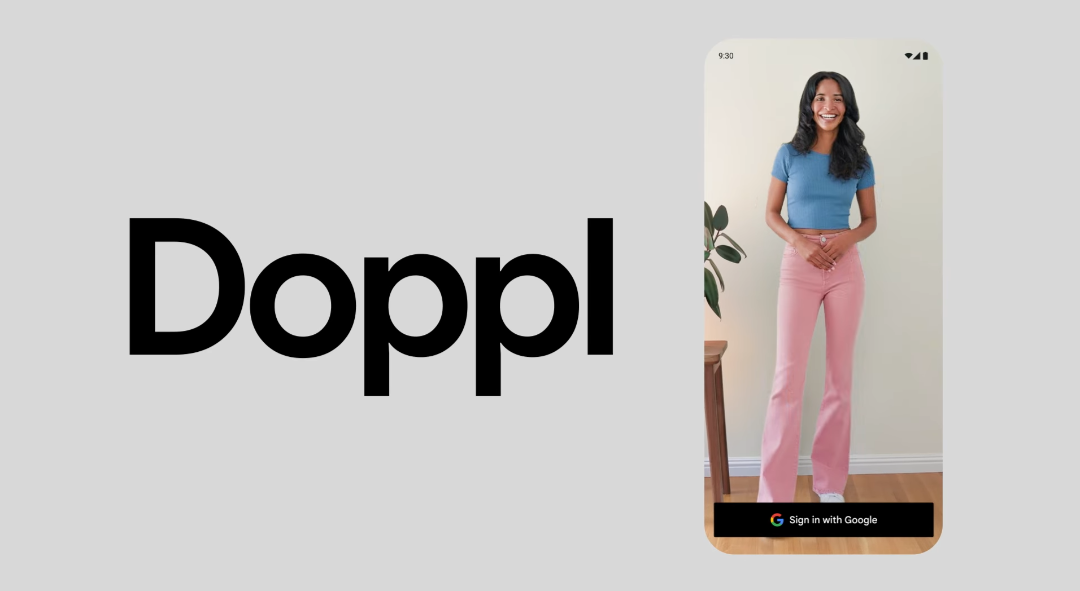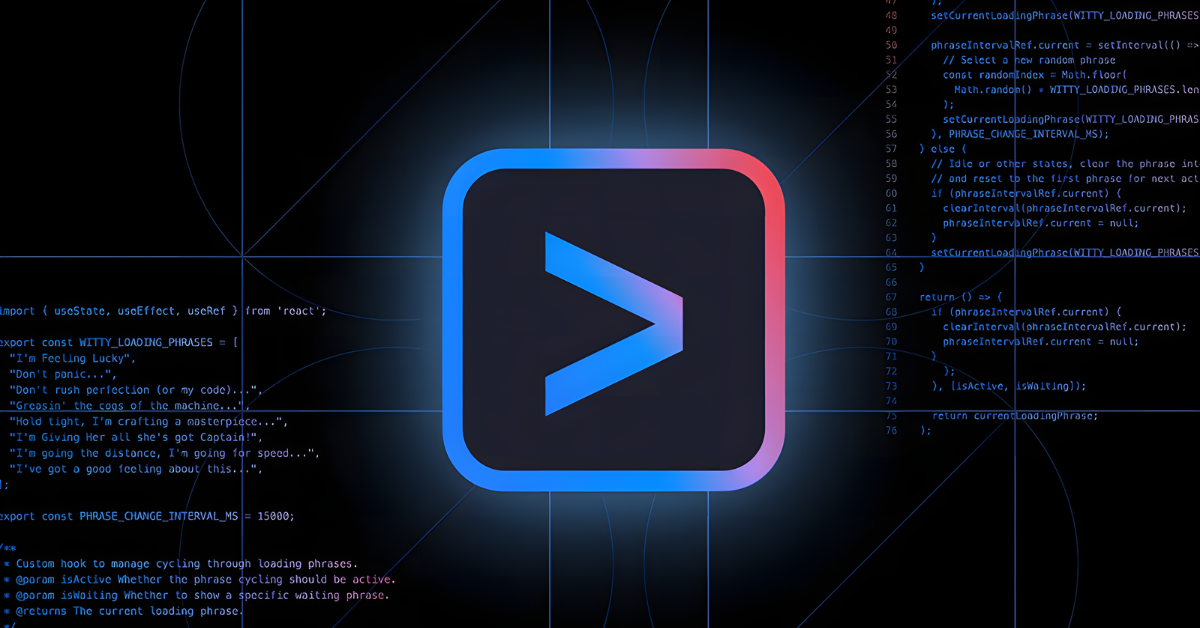YouTube’s latest artificial intelligence features promise to revolutionize how users discover content, but creators are sounding alarms about potential threats to their livelihoods. The platform’s new AI-powered tools are reshaping video search while sparking heated debates about the future of content creation.
Revolutionary Search Experience Launches for Premium Users
YouTube has unveiled an AI-powered search carousel exclusively for Premium subscribers across the United States. This cutting-edge feature presents curated video collections with AI-generated summaries for popular search categories including shopping, travel, and local activities.
When users search for topics like “best beaches in Hawaii” or “noise canceling headphones,” they encounter carousel results showcasing relevant clips accompanied by concise descriptions.
The experimental program runs through July 30 and focuses solely on English-language content accessible via mobile devices. Only randomly selected Premium users can experience the carousel feature, which YouTube admits delivers inconsistent quality and accuracy. Video thumbnails enable immediate playback directly from the carousel, eliminating the need to navigate to individual video pages.
Simultaneously, YouTube’s conversational AI chatbot is expanding beyond Premium subscribers to include select non-Premium users throughout America. This interactive tool allows viewers to ask video-related questions, seek personalized recommendations, and create educational quizzes.
Also Read: DeepSeek R2 launch uncertain amid NVIDIA chip shortage
Premium members have particularly embraced the chatbot for exploring academic subjects and discovering related content through dynamic conversations.
Creators Voice Growing Revenue Anxieties
Content creators are expressing mounting concerns about AI features potentially diminishing video engagement and threatening monetization prospects. The AI-generated summaries might satisfy user curiosity without requiring complete video viewing, jeopardizing advertising revenue and subscriber acquisition.
Many creators worry that audiences will browse AI carousels rather than watching full videos, commenting, or directly engaging with channels.
YouTube currently utilizes publicly available videos to train its large language models and chatbot systems. The company maintains this practice enhances product quality while honoring agreements with creators and major media organizations.
All AI-generated clips receive SynthID watermarking for artificial content identification, yet creators remain apprehensive about content integrity and proper attribution.
User responses reveal divided opinions regarding increased algorithmic intervention on the platform. Early feedback indicates many viewers favor organic content discovery over AI-curated suggestions and express irritation with generic, automated comments appearing in video discussions.
Also Read: Gartner predicts 40% of Agentic AI projects will fail by 2027
Financial Success Fuels Continued AI Expansion
YouTube’s AI initiatives have significantly contributed to Google’s revenue surge, generating over $50 billion in advertising and subscription income during the previous four quarters. Google executives emphasize that AI investments are “paying off” through enhanced content personalization and extended watch times.
CEO Neal Mohan has identified artificial intelligence as one of YouTube’s four primary objectives for 2025, alongside maintaining cultural relevance, competing with traditional television, and expanding creator monetization opportunities.
The platform introduced nine AI-powered features in 2024, including auto-dubbing capabilities in eight languages and Dream Screen for generating video backgrounds in Shorts.
Despite energy consumption concerns and content quality questions, YouTube plans to introduce additional AI functionality. The company reports that 92% of creators already utilize AI tools, suggesting widespread industry adoption while continuing to balance technological innovation with creator sustainability.

